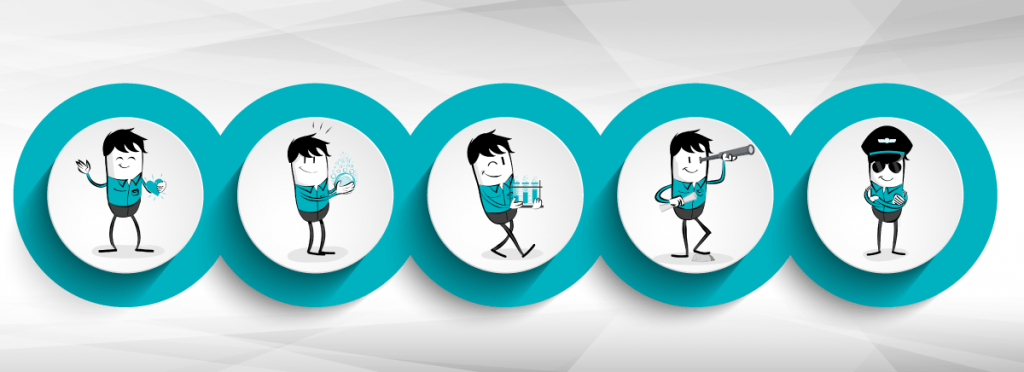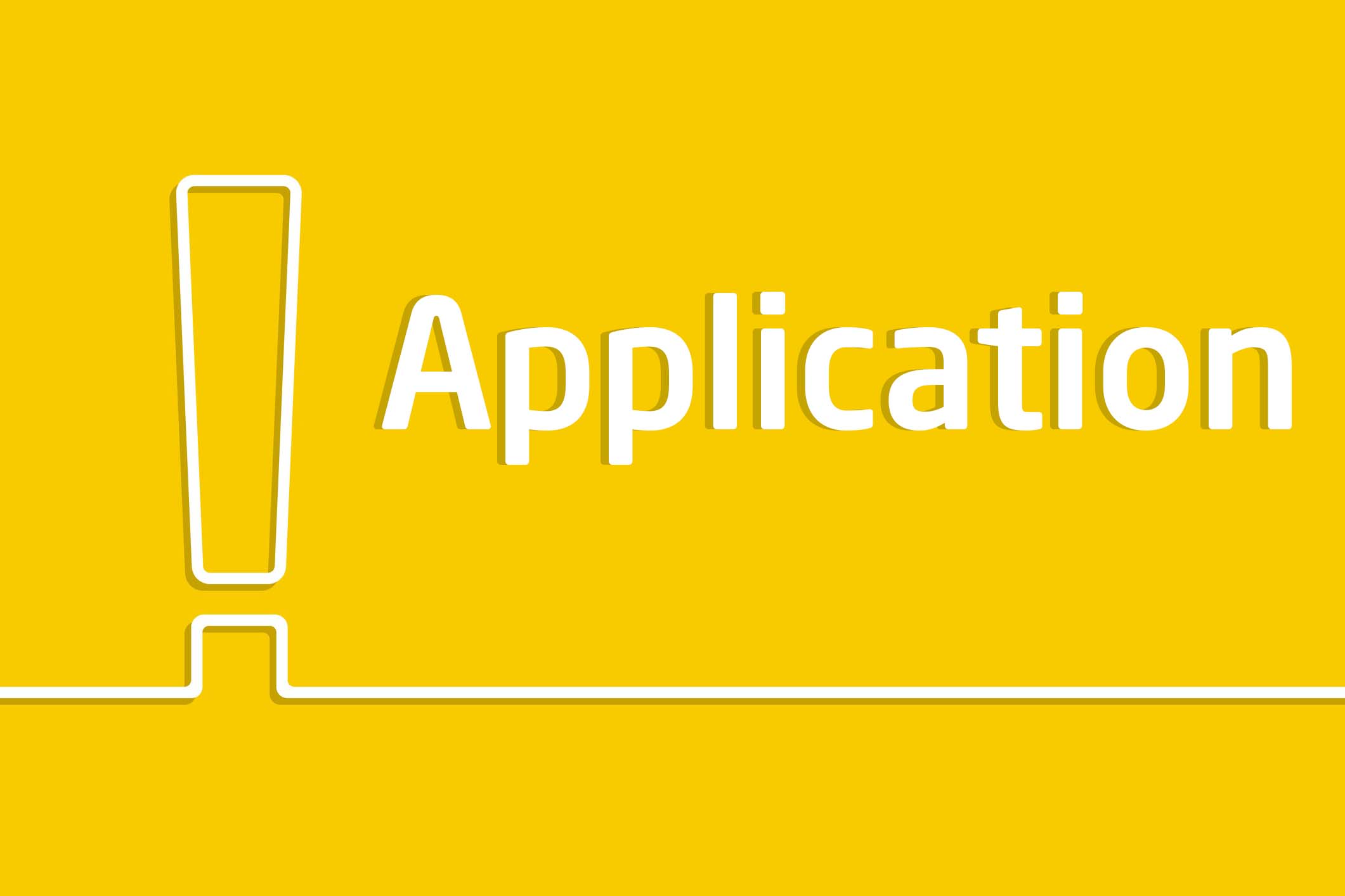5E model for training and learning – 4/ Explore
Learning is all about searching for new meanings and connections. Like all explorers, learners need to accept – and indeed recognise – the risk of losing their way and coming up against a deadend. For their part, training designers should create environments that are secure and conducive to learning – environments in which learners become creators of knowledge.

No ‘learning pathway’ can be completely plotted beforehand. Designers do their best to create environments that enable their learners. But only learners know, in hindsight, at what point of their personal journey the penny has dropped.
Such exploration cannot be limited to formal training situations.
A study conducted by Morgan McCall and his colleagues at the Center for Creative Leadership found that the western managers taking part in the research broke down the acquisition of their job-related knowledge as follows:
- 70 percent of their knowledge from job-related experience
- 20 percent from interactions with others at work (social)
- 10 percent from formal educational events, which for Morgan McCall includes training, coaching and mentoring
The study has little value from the point of view of scientific research; it does not state that formal training is of little use. As Charles Jennings, one of the promoters of the model, stated:
"70:20:10 is a reference model and not a recipe".
The model, therefore, provides a framework for aligning the development strategy with the real world. It is not about numbers.

See also:
- “Engage” – the first phase of the 5E model for training and learning
- “Explain” – the second phase of the 5E model for training and learning
- “Experiment” – the third phase of the 5E model for training and learning
- "Embed" - the fifth phase of the 5E model for training and learning
The "70:20:10" proportions should not be used like a recipe
Instead, it should be about placing formal training in a systemic perspective. The intention and objectives of the formal learning situation have been determined by the institution (e.g., school, business, etc). At the opposite end of the spectrum are informal training situations, which are initiated by learners. Between both of these, there are several nuances.
To a certain extent, we could say that formal training encourages exploration in the following ways:
- Prepares the correct steps for progressing from one difficulty to another, in line with the ‘zone of proximal development’
- Sets aside time for the task
- Takes into account the time required for the learning – from becoming aware of the learning to transfering it into real-world application
- Allows for errors to be made
There are so many factors that are difficult to facilitate in real life. As such, formal training facilitates the transferability of knowledge, and provides a more effective way of learning from experience and interactions.

Increasingly, there is a blurring of the lines between formal, social and experiential training. The formal approach incorporates the dynamic of social learning and going back and forth between work and training situations.
What psychology says

The psychologist Albert Bandura underlines the role played by social relations in learning:
“Affective learning resulting from direct experience can occur vicariously by observing people’s behaviour and its consequences for them.
Vicarious learning does not dispense with direct experience in all cases, but it does, where possible, provide a means of facilitating and inciting people to invest themselves if the consequences observed are positive.
The fact of learning through observation effectively makes individuals capable of acquiring behaviours or knowledge without having to create them gradually using a process of trial and error.”
Source: Michel Monot, cited by Paul Desette
In addition to the formal-social-work features, learning design is now close to that of creating environments that enable creativity and innovation.
Learning venues are also changing. Professionals now – and in the future – will undoubtedly have to make decisions in a complex and changing environment, with simple and repetitive procedures being entrusted to machines.
Learning is therefore less about procedural knowledge conditioning and more about bringing people together to solve problems that are out of the ordinary. Intuition is therefore harnessed. As such, it is more a matter of our learner-explorer thinking outside the box.








